Airborne remote sensing of submesoscale dynamics and phytoplankton
 </picture> </figure> -->
</picture> </figure> --> 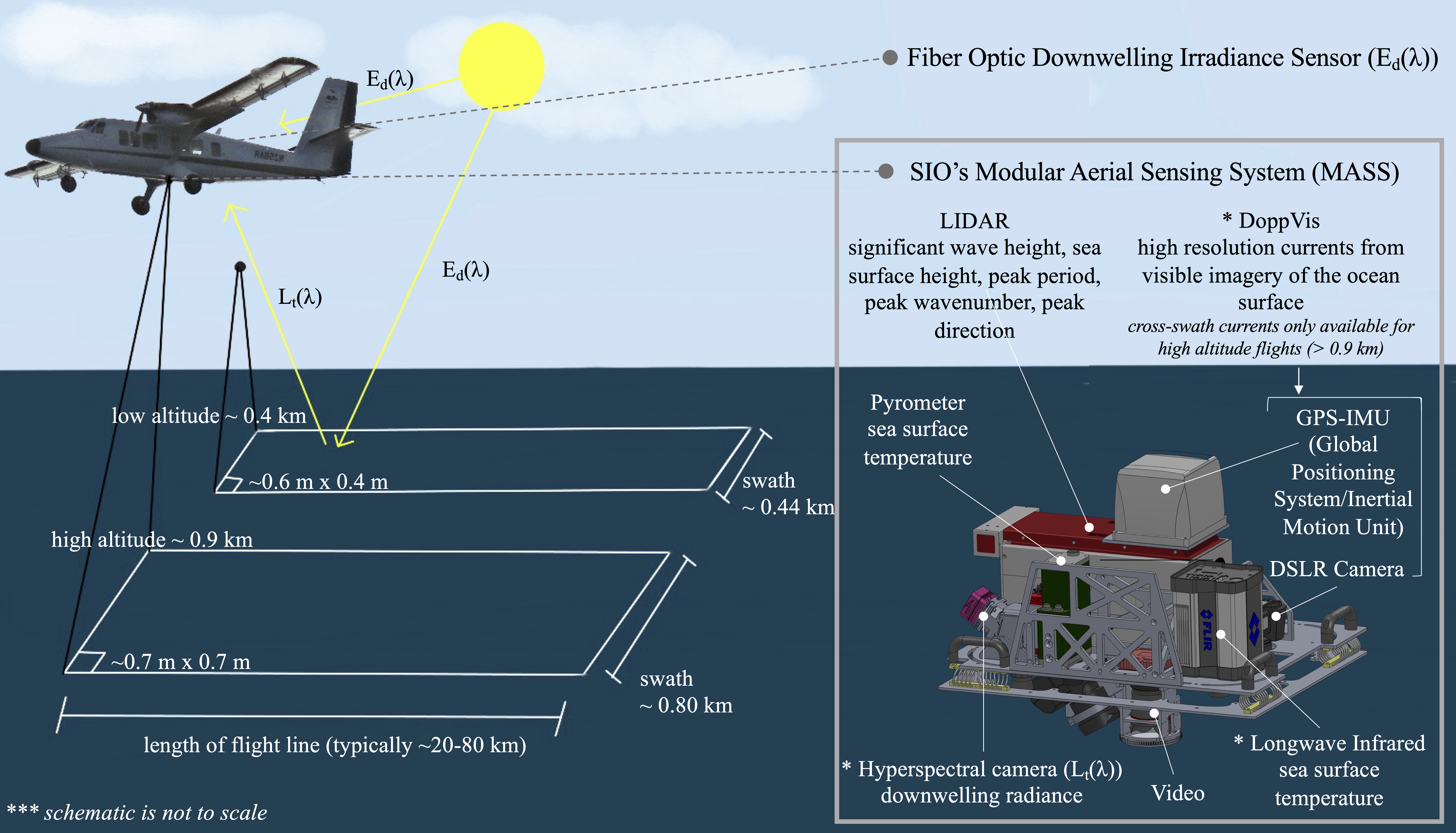 </picture> </figure> -->
</picture> </figure> --> 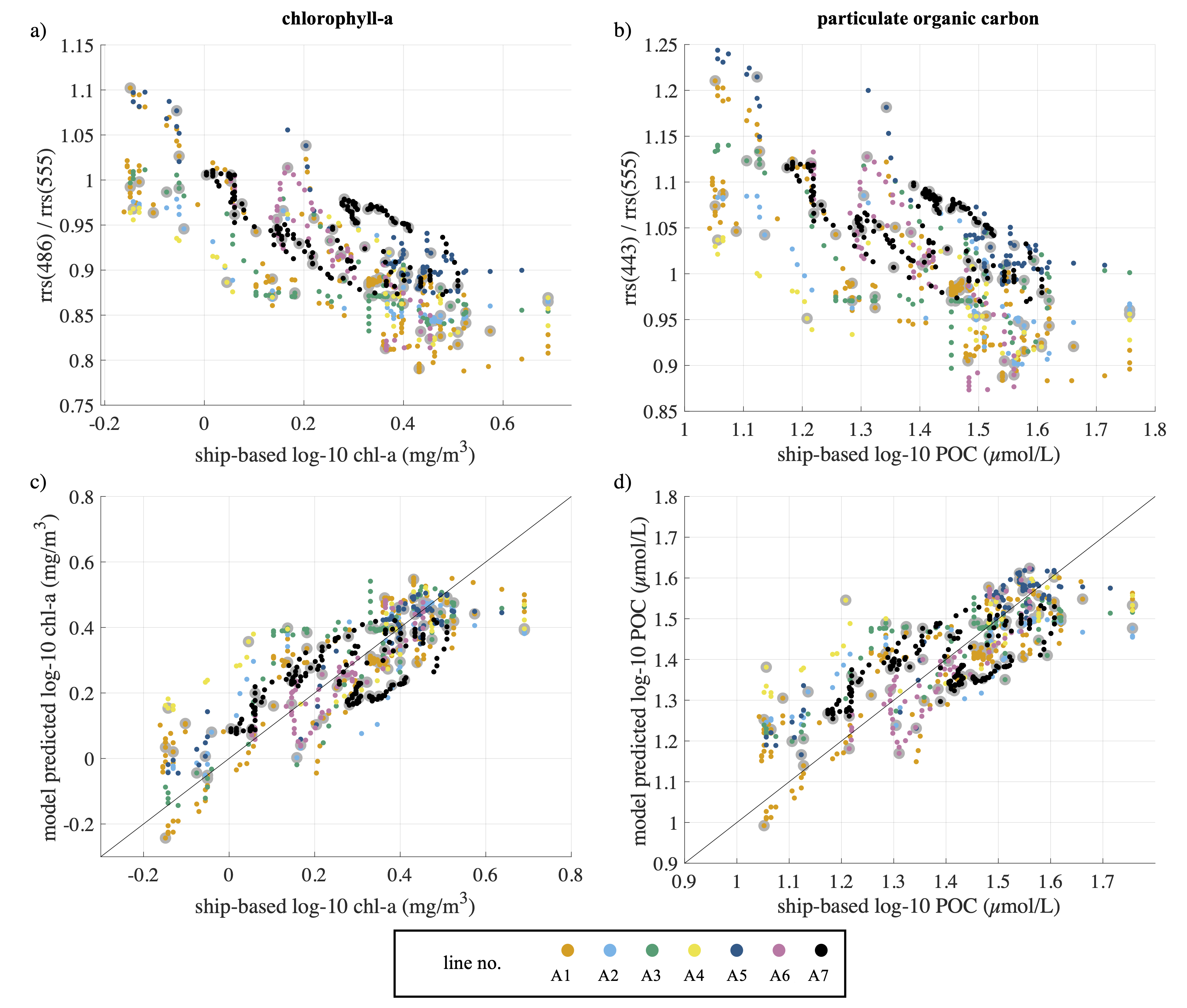 </picture> </figure> -->
</picture> </figure> --> 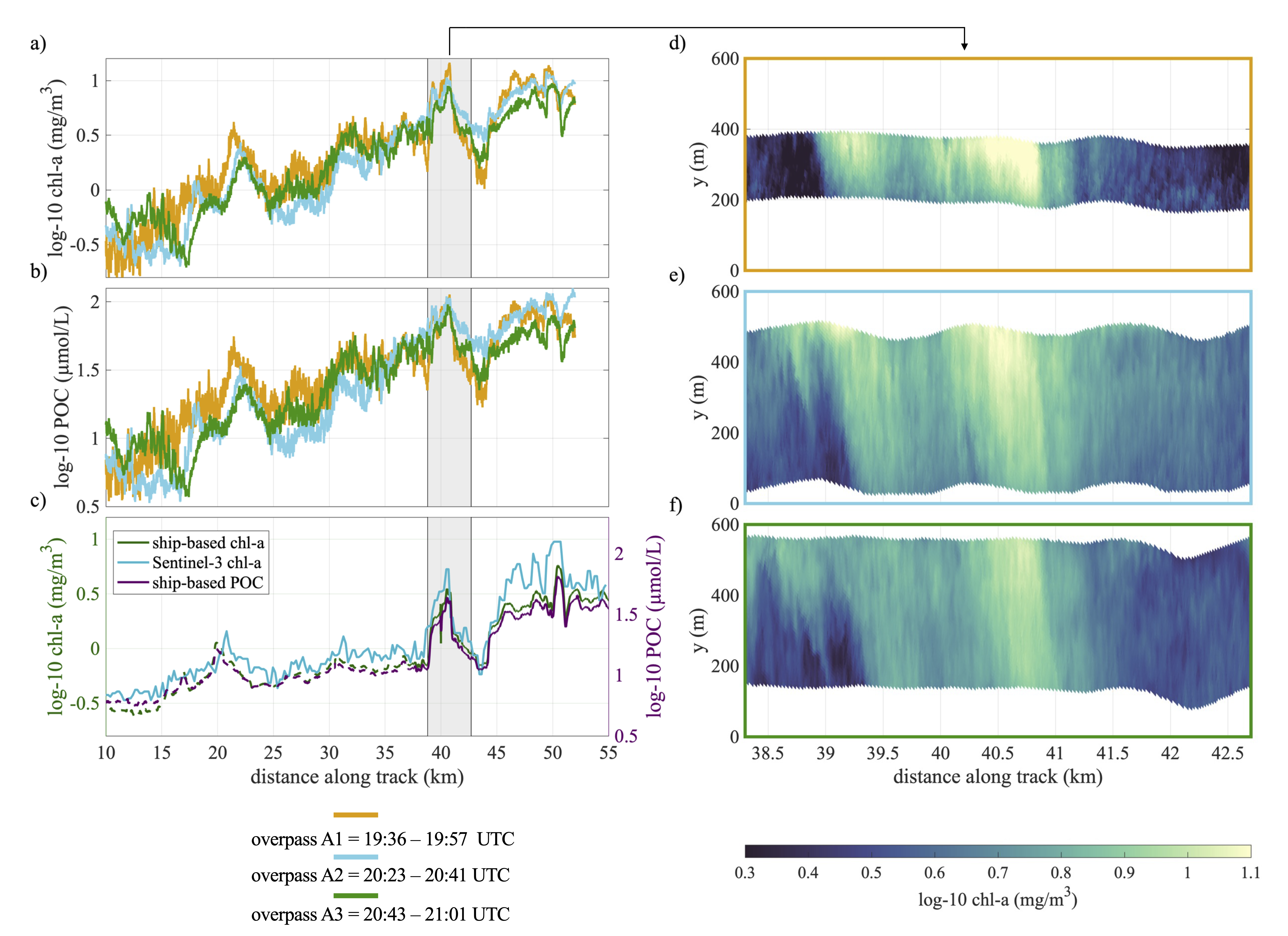 </picture> </figure> -->
</picture> </figure> --> 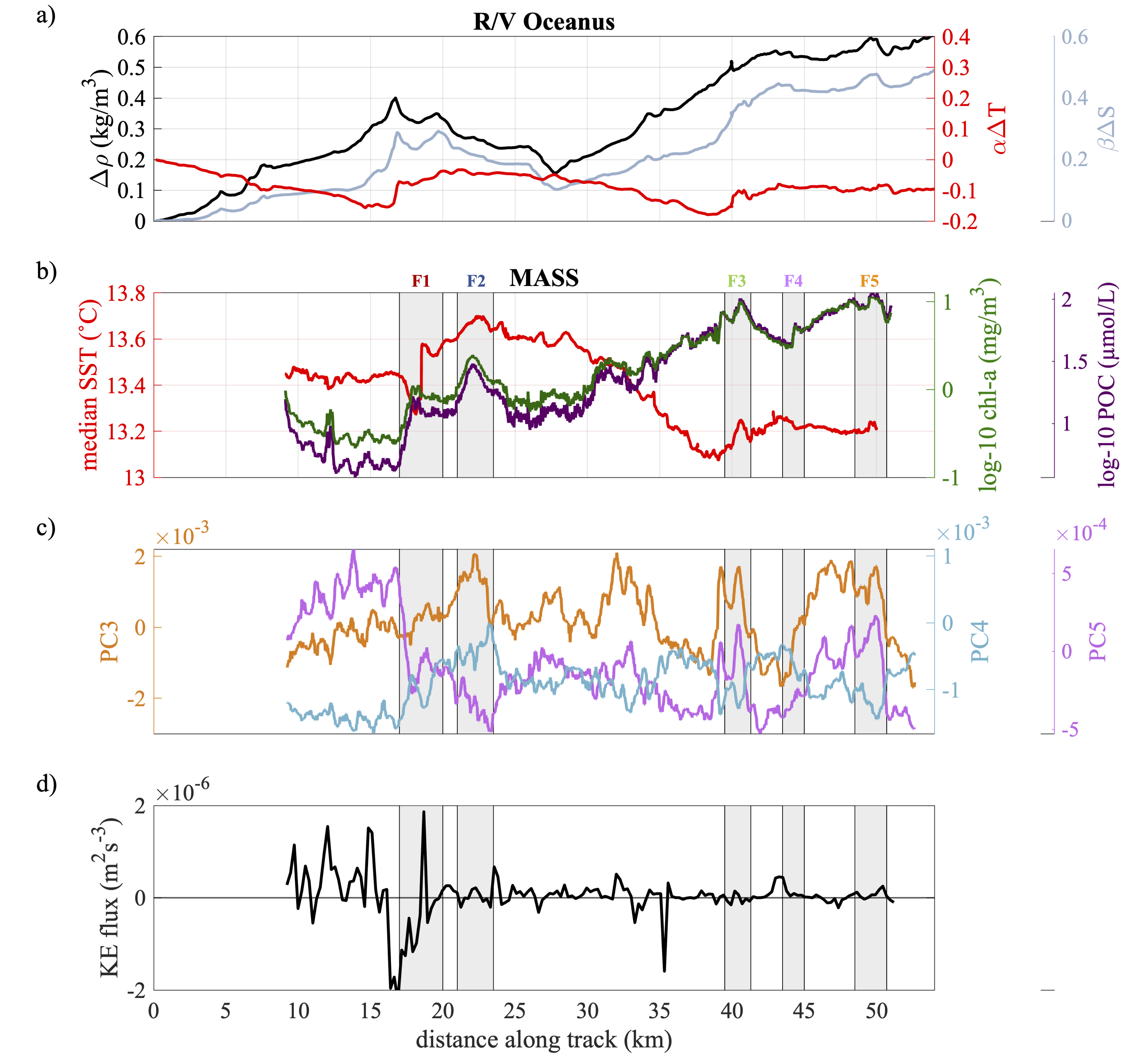 </picture> </figure> -->
</picture> </figure> --> 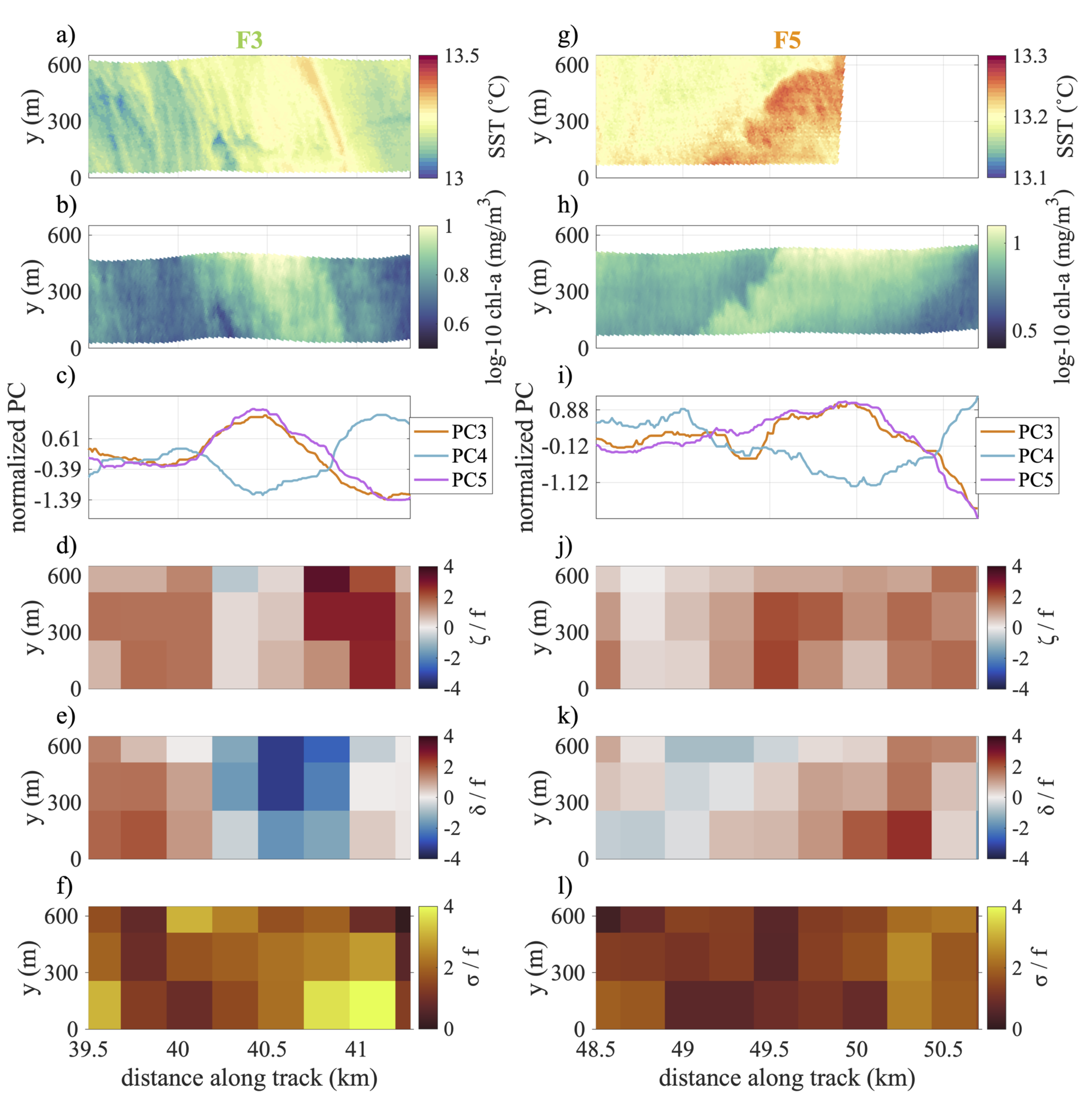 </picture> </figure> -->
</picture> </figure> --> 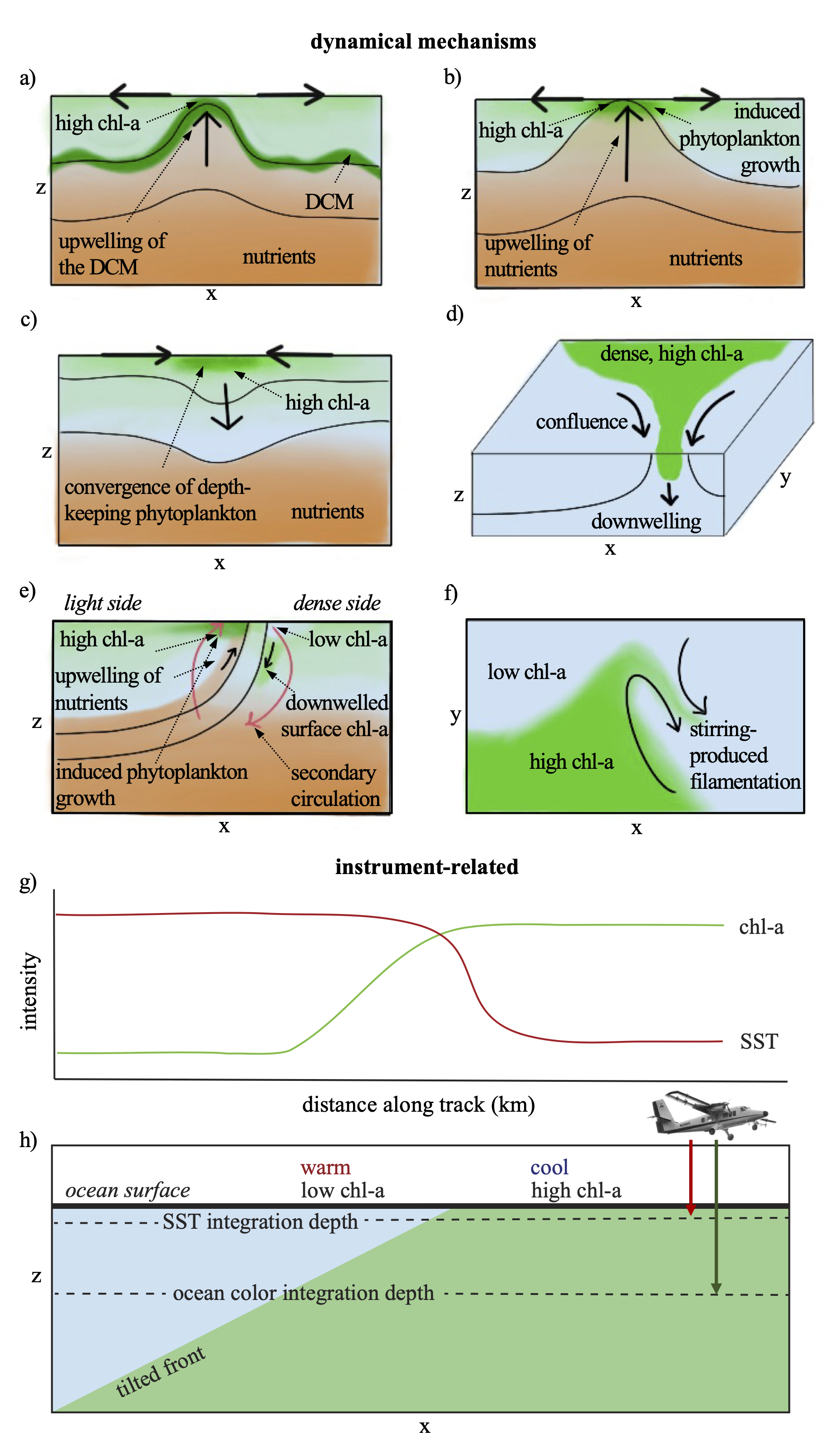 </picture> </figure> -->
</picture> </figure> -->